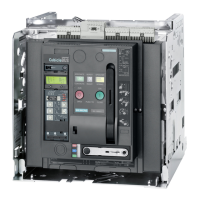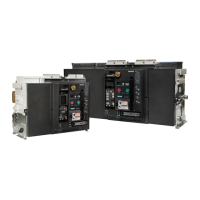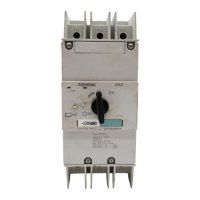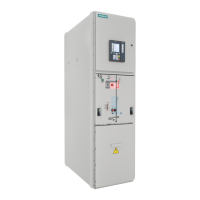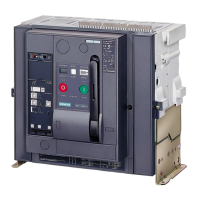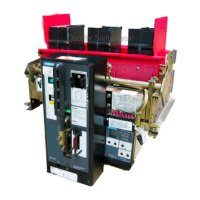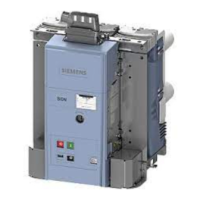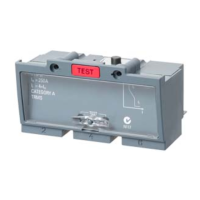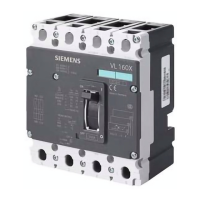Why can't I open the cubicle door on my Siemens UL 489?
- CCrystal ShawAug 1, 2025
If the cubicle door cannot be opened (with a door interlock accessory) for Siemens Circuit breakers, it could be due to: * A closed circuit breaker preventing the door from opening: Open the circuit breaker. * The circuit breaker being in the connected position: Rack the circuit breaker into the test or disconnected position.
